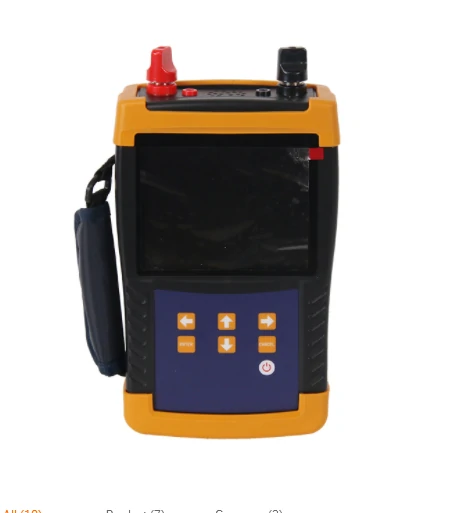Obtaining representative samples for analysis with a contact voltage tester doesn’t typically involve the same sampling techniques as those used for oil analysis or other material testing. Contact voltage testers are primarily used to detect voltage presence in electrical systems, and the sampling process involves accessing electrical components or conductors rather than collecting physical samples for analysis.
However, to ensure accurate and reliable voltage testing results, it’s essential to follow proper sampling procedures when accessing electrical circuits or equipment. Here are some recommended sampling techniques:
- De-energization: Before performing any voltage testing, always de-energize the electrical circuit or equipment to eliminate the risk of electric shock or injury. Follow established lockout/tagout procedures to ensure the safety of personnel working on the equipment.
- Visual Inspection: Conduct a visual inspection of the electrical components or conductors to identify potential hazards, damaged insulation, loose connections, or signs of overheating. Inspect the area surrounding the testing point for any obstructions or safety hazards.
- Use of Proper Tools: Select the appropriate contact voltage tester for the specific application and voltage range being tested. Ensure that the tester is in good working condition and properly calibrated. Use insulated gloves, tools, and safety equipment as necessary to prevent electrical hazards.
- Direct Contact Testing: When testing for voltage presence, contact voltage tester make direct contact with the electrical conductor or terminal using the contact probe or tip of the voltage tester. Ensure that the probe makes good electrical contact with the conductor surface to obtain accurate voltage readings.
- Multiple Testing Points: Test multiple points along the electrical circuit or equipment to verify voltage presence and consistency. Pay particular attention to critical components, junctions, connectors, and termination points where voltage may be present.
- Record Keeping: Document the testing procedure, including the location, date, time, and voltage readings obtained at each testing point. Keep detailed records of the testing results for future reference and analysis.
- Safety Precautions: Follow all safety precautions and guidelines outlined in the manufacturer’s instructions and relevant industry standards. Avoid working alone when performing voltage testing, and communicate with other personnel to coordinate testing activities and ensure safety.
By following these recommended sampling techniques, personnel can obtain representative voltage testing results while minimizing the risk of electrical hazards and ensuring the safety of personnel and equipment. Always prioritize safety and adhere to established procedures when performing voltage testing in electrical systems.
